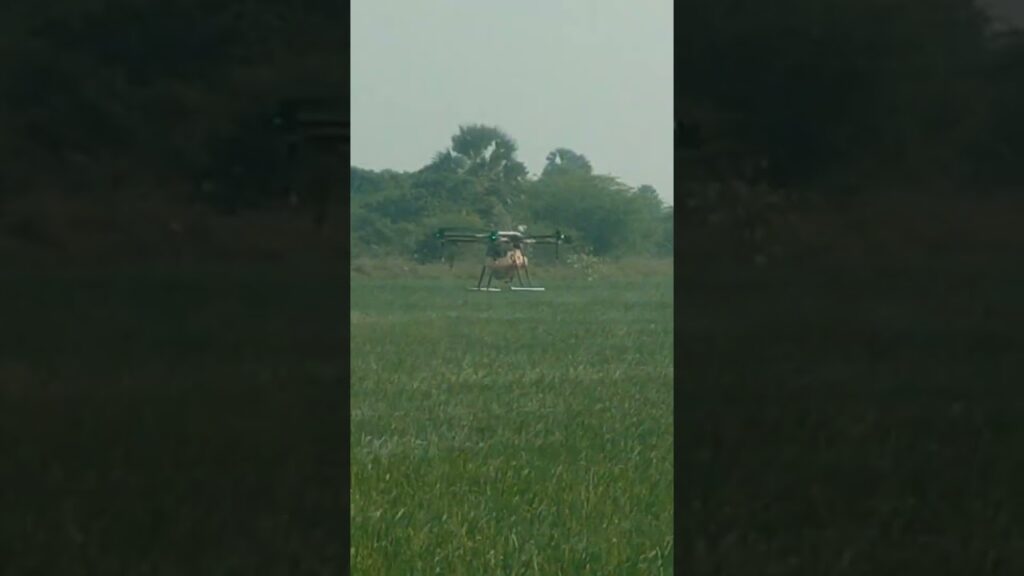The whir of rotors, the spray of chemicals, and the quiet efficiency of a drone in action – this is the future of farming. These six YouTube videos offer a glimpse into the transformative power of drone crop spraying, showcasing how this technology is rapidly changing agricultural practices. From precise application of pesticides to efficient monitoring of vast fields, drones are poised to revolutionize how we feed the world. This analysis will explore the key takeaways from these videos, highlighting the benefits, challenges, and future potential of this innovative approach to agriculture. We’ll delve into the practical aspects of drone operation, emphasizing safety and efficiency, and explore the impact on farmers and the environment.
Key Takeaways and Highlights
- Efficiency and Speed: Videos demonstrate the remarkable speed and efficiency of drone spraying compared to traditional methods. Drones can cover large areas quickly, applying treatments uniformly, reducing labor costs and increasing overall productivity. This is particularly evident in paddy fields and wheat crops.
- Precision Application: Drone spraying allows for targeted application of chemicals, minimizing waste and environmental impact. This precision is crucial for effective pest control and disease management, reducing the need for broad-spectrum treatments.
- Reduced Chemical Usage: The videos suggest that drone spraying can lead to reduced chemical usage, which is a significant benefit for environmental sustainability. This is a key theme in the videos, emphasizing the eco-friendly aspects of the technology.
- Safety and Operator Training: While the videos don’t explicitly address safety procedures, the implication is that proper training and adherence to safety regulations are essential for safe drone operation. This is a critical aspect of drone crop spraying that must be emphasized.
- Cost-Effectiveness: The videos highlight the potential cost savings associated with drone spraying, particularly in terms of labor reduction. This is a significant factor in attracting farmers to adopt this technology.
- Scalability: The videos demonstrate the potential for drone spraying to be scaled up to cover large agricultural areas, making it a viable solution for large-scale farming operations.
The Future of Farming: Drones and the Next Generation
The videos showcase a clear trend toward increased adoption of drone technology in agriculture. The combination of efficiency, precision, and environmental consciousness is driving this trend. However, challenges remain. Regulatory frameworks for drone operations in agricultural settings need to be further developed and refined to ensure safety and compliance. Furthermore, the cost of drones and associated equipment may be a barrier for smaller farms. Training and certification programs for drone pilots in agricultural settings are also crucial to ensure safe and effective operations. The future likely holds more sophisticated drone systems with advanced sensors and AI-powered decision-making capabilities, further enhancing the precision and efficiency of crop spraying.
Conclusion and Call to Action
Drone crop spraying is rapidly emerging as a game-changer in modern agriculture. The videos highlight the potential for increased efficiency, precision, and environmental sustainability. While challenges remain, the future looks promising. To learn more about the practical application of drone technology in farming, explore the video highlights below. Click on the links to watch the videos and discover the transformative power of drones in agriculture.






